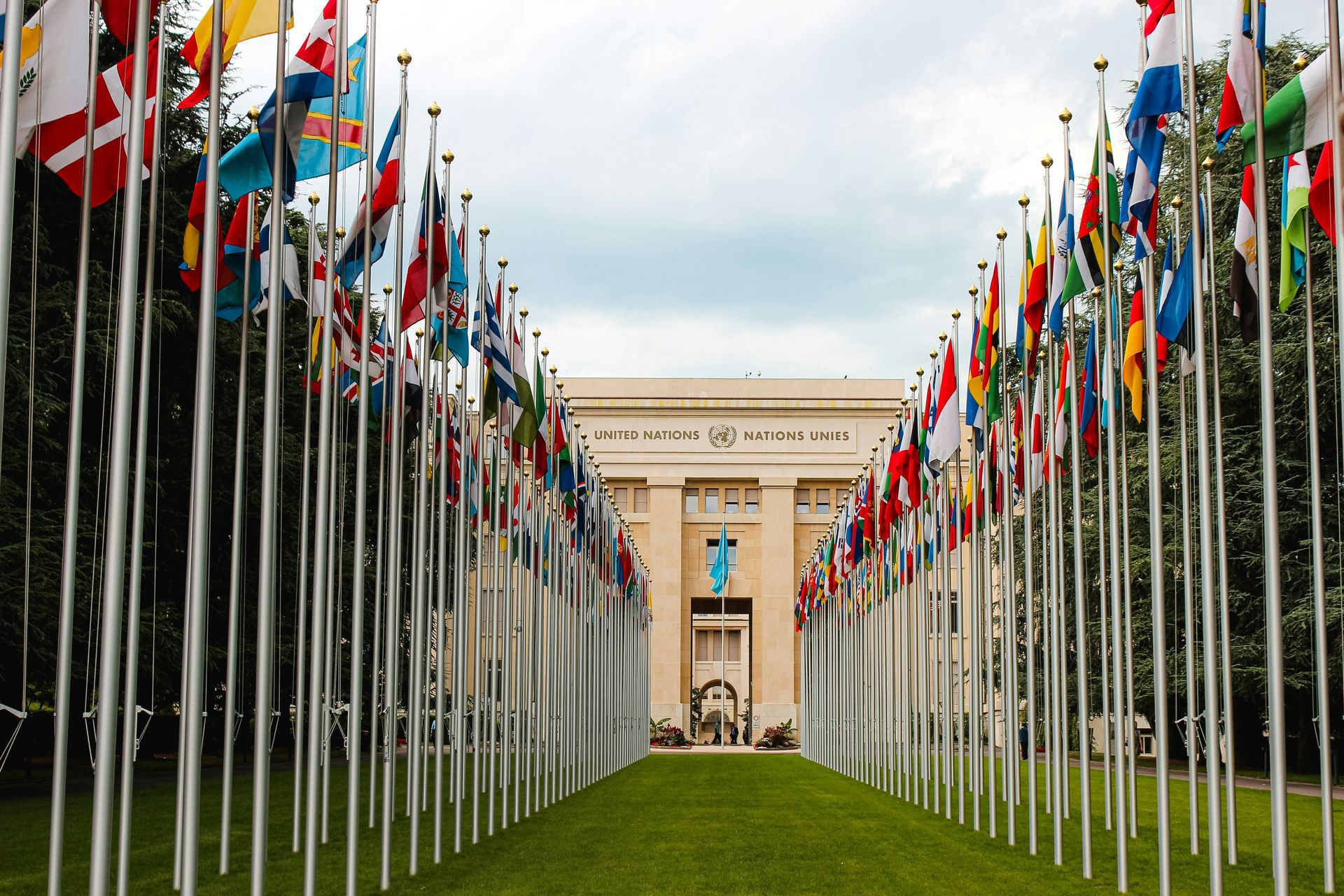Good Customer Service, Without Consistency, Isn't Good Customer Service
No company or organisation can claim to provide excellent (or even, 'good') customer service, unless that standard of service is provided across the entire enterprise, and with a high degree of consistency.
There are two aspects to that consistency:
(1) A customer service culture i.e. consistency in service standards across the entire enterprise, and
(2) Consistency at the level of the frontline individual - every customer-facing individual.
If an enterprise has a customer-centric culture, it both encourages, and makes it easier, for the individual frontliner to provide top-notch customer service. It’s an attitude with which the entire organisation is infused, and all departments and teams comprising it.
It’s also an expectation from all levels of management. If it’s really working well, it’s a modus operandi shared within each and every peer group comprising the organisation - whether they be customer-facing, administrative, back-of-house, logistics-supporting, or whatever.
The same principle applies to each frontline representative of the organisation, at the individual level: If a customer-facing staff member or representative has “service” baked into their personal ethos, standards and personality, then their customer service performance is naturally high. It’s their personal default setting. Their natural centre of gravity.
When Organisational Culture & Individual Service Standards Are Misaligned
Flipping the above equation: It should be recognised that diligent, customer-focused frontliners can be challenged in their delivery of great service, if there’s inconsistency in the organisation’s internal messaging about customer service standards.
For example, let’s say a company’s brand messaging and broader forms of advertising lay claim to excellence in customer service. But that external messaging doesn’t match with the informal or invisible internal messaging within the company. One way of expressing this is that the enterprise pays lip service to providing high levels of customer service . . . but that's all it is, in reality: just lip service.
That organisation takes this risk (among others): It may have attracted frontline personnel with great attitudes and high personal standards in customer service, lured by the customer service messaging featured in its advertising and other forms of brand profiling to the marketplace. But it ends up with disgruntled and morale-eroded personnel, as those same, originally high motivation hires realise the reality of their new workplace. As time goes on, they feel increasingly unappreciated for, and unsupported in, the effort they expend in servicing the organisation’s customers. Worse still, they might even feel denigrated for it by other, less motivated personnel who don’t wish to stand out against the higher standards of their more diligent colleagues.
So, this scenario ultimately plays itself out where either:
(a) there is a disparity between the degree of customer-centricity in frontline personnel (as a collective) and that of the organisation’s back-of-house / administrative support / managerial staff forces.
There’s a constant tension. It’s particularly evident, and particularly unhealthy, when frontline staff and representatives give undertakings to customers, and both the frontliner and the customer are subsequently let down by a lax or uncommitted performance by those personnel in the background whose role it had been to ensure the promise was delivered upon.
(b) there are significant disparities in attitudes and personal modus operandi between the various customer-facing personnel.
This is the scenario in which it is most evident to the customer. On one occasion, they'll call, visit or make some other form of contact and come away having had a good or at least, a satisfactory, experience. But the next time might prove to be a very different, and far less satisfactory, experience. And unfortunately for the organisation, its management and other upper-level interests, it's a combination of the worst experience and the most recent experience that lodges, often disproportionately, in the customer's memory.
All parties lose:
The customer is the immediate loser in this equation; they’re left frustrated over the absence of service or whatever other form of reasonable expectation they had or were given, that was not met.
The customer-centric frontliner is the other loser; they no longer have the same zeal for their role, and their relationships with their colleagues are strained. Their satisfaction with their employer is progressively eroded.
But the biggest, ultimate loser is the enterprise itself (unless it’s a government agency whose erstwhile presence and standards the “customer” is forced to tolerate).
Because, invariably, there’s a competitor waiting to welcome your disgruntled customer with open arms.
Other News, Reviews & Commentary









